The Intel Xeon D-2100 line is certainly intriguing. As an embedded line, we are now in the middle segment of the primary product lifecycle. One chip that we use quite often, yet have not formally reviewed is the Intel Xeon D-2123IT. This 4 core/ 8 thread part is nowhere near the fastest and feature-packed CPU in Intel’s lineup, but it is perhaps one of the more intriguing at less than half the cost of the next lowest price Xeon D-2100 launch part. In this review, we are going to discuss why we use this particular SKU quite often.
Intel Xeon D-2123IT Overview
Key stats for the Intel Xeon D-2123IT: 4 cores / 8 threads with a 2.2GHz base clock and 3.0GHz turbo boost. There is 8MB of onboard cache. The CPU features a 60W TDP. These are $213 list price parts. Here is the Intel Ark page for your reference.
Here is what the lscpu output looks like for an Intel Xeon D-2123IT:
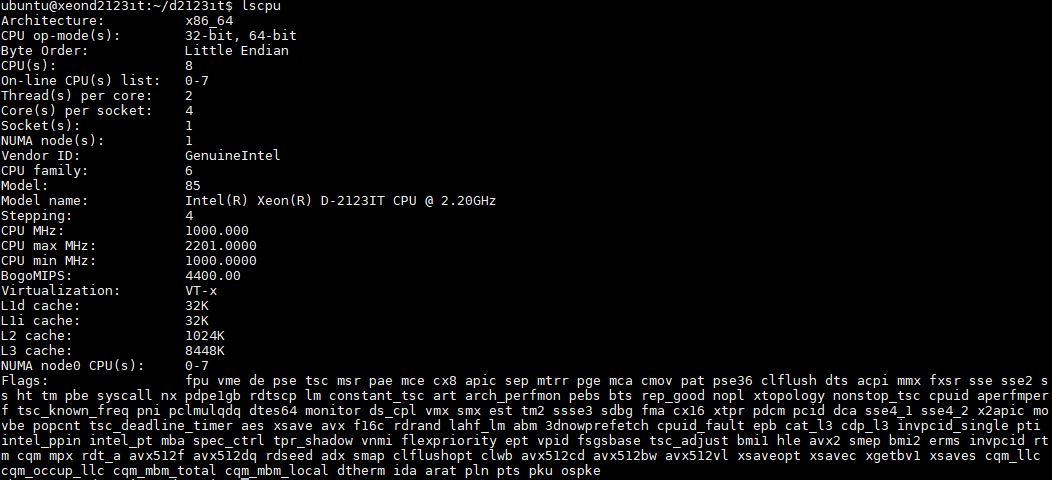
The CPU itself is part of the Intel Xeon D-2100 series family. We wanted to give a brief overview of what the SoC is comprised of for those that missed our more in-depth Intel Xeon D-2100 Architecture and Platform Overview.
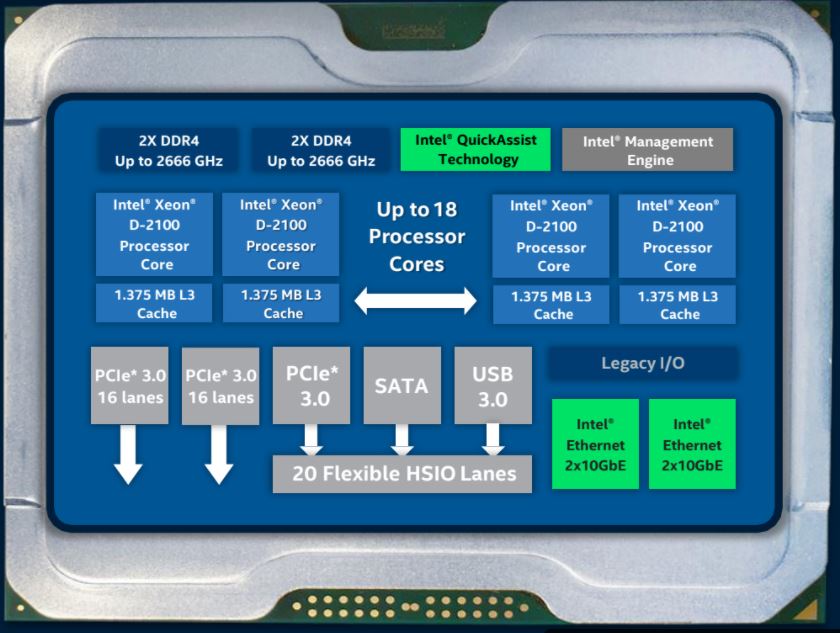
Effectively, the Intel Xeon D-2100 series platform uses Skylake Xeon cores and pairs them with the IP from Intel’s mainstream server PCH (Lewisburg) and creates a compact platform. We only get 4-channels of DDR4 memory, not six as we found in the larger mainstream socketed first-generation Intel Xeon Scalable parts. The key here is that we get significantly more PCIe 3.0 than we have in the Xeon D-1500 series. We also get more SATA lanes via flexible high-speed I/O lanes as well as higher power consumption.
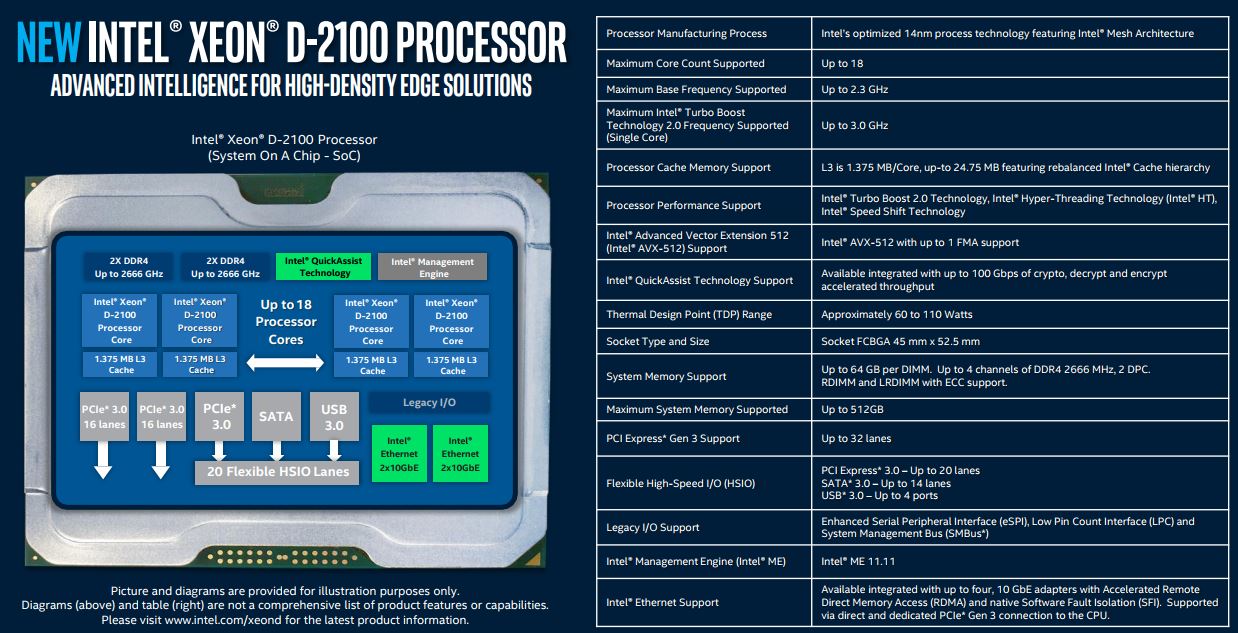
One will notice that the feature set closely mirrors something like an Intel C624 PCH for the non-QAT parts. When we say that the Intel Xeon D-2123IT uses Lewisburg PCH IP, this is what one can see looking at an Intel Xeon D-2123IT’s hardware:
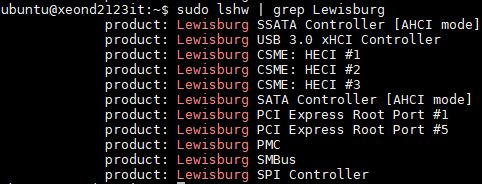
For those who are building embedded systems, this is great since sharing IP means that this is not some niche embedded driver codebase. Instead, this is going to largely align with what will be one of the longest-running server platforms. Purley with the Lewisburg chipset will be Intel’s flagship server platform between 2017 and 2021. There is a good chance you have used the Xeon D-2100 series as we showed in the Twin Lakes Intel Xeon D-2100 Platform Powering Facebook piece.
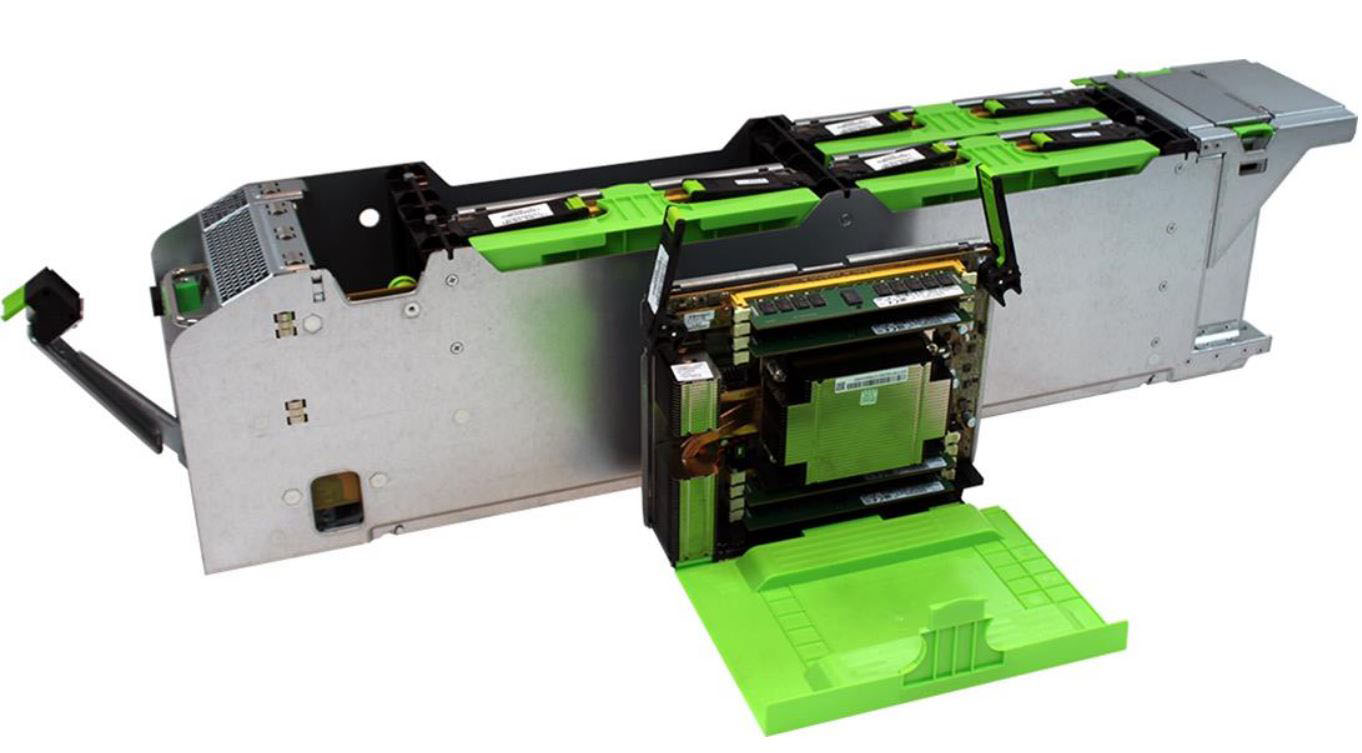
There are trade-offs being made for the D-2123IT. Specifically, we do not get Intel QuickAssist Technology support. If that is a feature important to you, then we suggest this is not the correct part.
As a quick and somewhat fun aside, at the lower end of the market, the Intel PCH found on most servers both takes up space and also has an associated cost. A PCH like what is comparable to what we have in the Xeon D-2123IT is around $75-100 list price which puts some context around the $213 chip’s value.
Next, we are going to discuss the test configuration and performance before getting to our power consumption, value analysis, and final words.

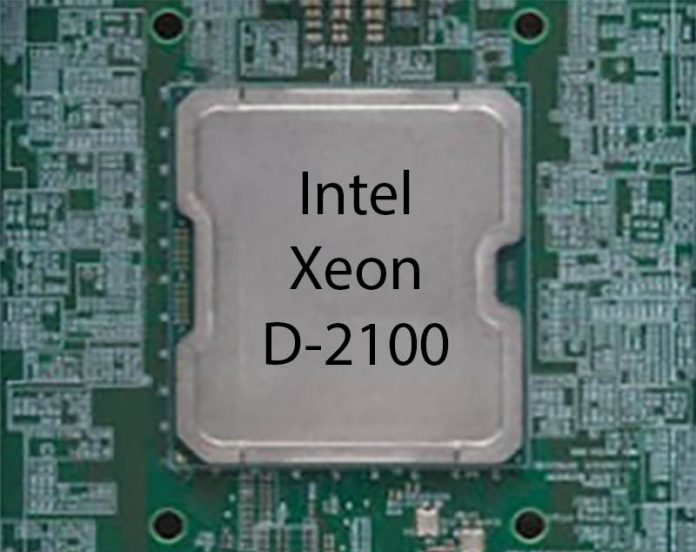



Thanks for sharing this and for your perspectives. Currently running a Xeon D 1521 based Supermicro based X10SDV-4C-TLN2F, so it’s great to see what the Xeon D 2xxx series in a price conscious (SOHO server here} context. I love the low power, quiet home server context and it’s thanks to STH that I am on my current Xeon D. Do you feel it’s worth waiting for next gen Xeon D if I want a bit more horsepower or should I consider something like the shiny new X570 Ryzen chipset based boards where I can drop in a Ryzen 5600 / 5800? I host a few game servers on my current system and I can see it’s running at 80-85% utilization sometimes.